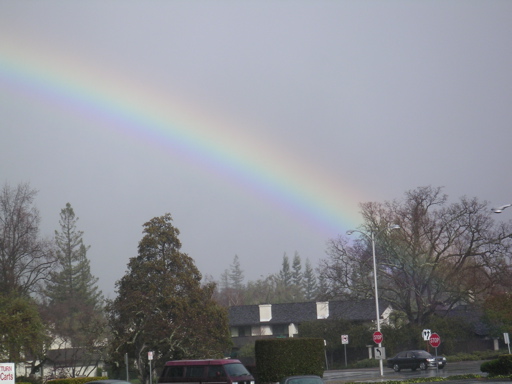Sounds like President Jacques Chirac has bought into the French National Library president Jean-Noël Jeanneney’s call to make huge swaths of European literature available online. A big nudge came from Google’s plans to put some 15M English-language books online, leading Jeanneny to write an editorial in the French paper Le Monde warning that such a service would naturally view the knowledge of the world through an Anglo-American lens. If it became the dominant source of knowledge, that perspective would become equally dominant. (You can see the full editorial in this blogger-cached copy or the Google translation).
He is, of course, quite right in assessing the threat. It’s nice to see the French respond with a call to counter-attack rather than protectionism — such a contest can only result in a race to the top, delivering the best each of us has to offer to the betterment of all. It’s also nice to see yet another example of culture as something to spread rather than something to protect — that sometimes gets lost with all the copyright wars going on.
Jeanneney also hits on something that’s not coming out much in the English press: he’s not just afraid English-language texts will be over-represented, but also that the organization of the texts will be seen only through that lens. From a March 4th Le Monde Q&A (auto-translated by Google):
Why are you hostile with the Google project?
Hostile? It is not the word right. When Google announced, December 14, its project of digitalization of 15 million volumes drawn from the funds of several large Anglo-Saxon libraries, we did not doubt that among these works would appear a great number of European titles. But their selection, their hierarchisation in the lists will be defined inevitably starting from a singular glance: that of America. The Anglo-Saxon scientific production will be inevitably overestimated. The American mirror will be the single prism. My remark does not raise of any chauvinism, I do not intend to inform any lawsuit with the opening of Google, I restrict itself to note an obviousness. I would like simply that one can have in the future another point of view, marked by another sensitivity – European – of a glance on the world undoubtedly quite as partial and even partial, but different. What I defend, it is a multipolar vision.
It’s not clear to me how Google plans to categorize the vast library they’re helping put online, or indeed if they plan to do more than add existing (no doubt US/British-centric) library classifications, offer full-text search and then let the emergent organization of the Web take its course. But the problem is a tricky one, and search-engine bias is both subtle and, honestly, inevitable. We would all benefit from multiple experiments, multiple methods and multiple points of view, and at least for a while that’s worth a little duplication of work. However, I do hope that all the sides involved come together at least enough to establish some common data formats and, more importantly, agree to share data with each other. No one would be served by multiple little fiefdoms, each hoarding their little corner of culture out of fear the other side would gain an advantage. Let’s keep this a race to the top.



